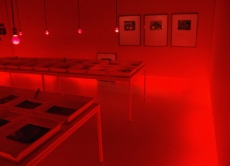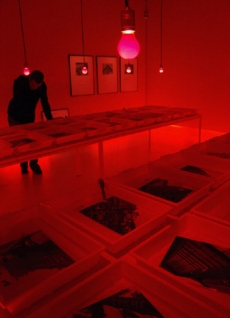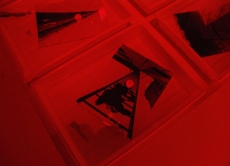Moscow
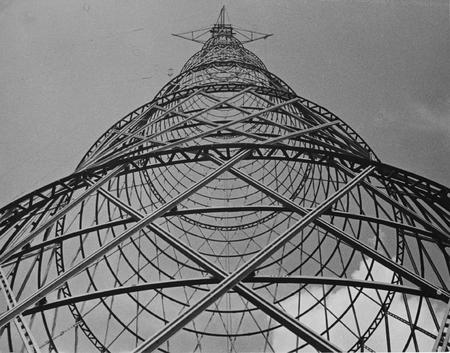
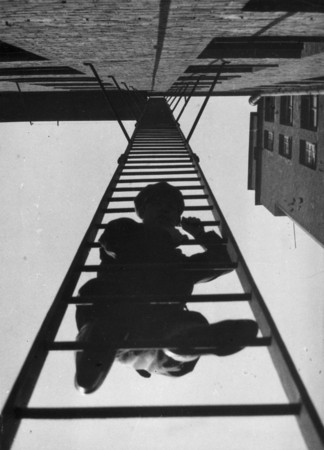
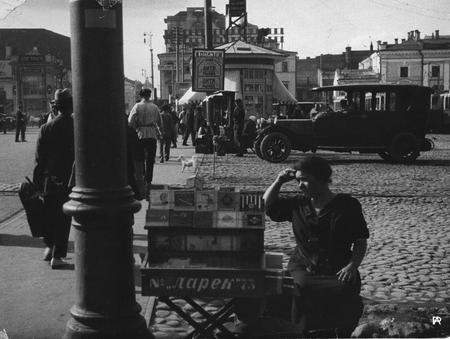
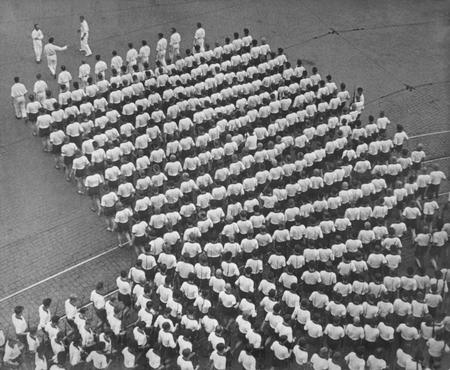
Alexander Rodchenko. Shukhov tower. 1926
Alexander Rodchenko. Fire-escape. From the series “House on Myasnitskaya”. 1925
Alexander Rodchenko. Pushkin Square. Mosselprom House. 1926
Alexander Rodchenko. Column of Sports Society “Dinamo”. 1935
Vienna, 11.11.2004—30.01.2005
exhibition is over
Jewish Museum
Dorotheergasse 11
http://www.jmw.at
Share with friends
The exhibition is organised at the Jewish Museum Vienna in the scope of the “Month of Photography”
Curators: Olga Sviblova, Alexandr Lavrentiev
Exhibition design: Thomas Geisler, Christof Nardin
Credits for the photos: Kasimir Reimann
For the press
From the collection of the Museum «Moscow House of Photography»
In 1932 the artist, designer and photographer Alexander Rodchenko was commissioned to take photos of Moscow on behalf of the publishing house «Isogis», which produced illustrated books and the famous magazine «The USSR in Construction». Rodchenko had already taken photos of Moscow before. With his «West Pocket Kodak» he took the first foreshortened pictures in the courtyard, from his balcony or from the roof of his house in Myasnitskaya Street in 1925. In the scope of his work as artist for the settings of the movie "Moscow in October«(1927) he selected with great care suitable, expressive places in the city for outdoor shooting. As photo reporter for the magazines «Dayosh!» and «Smena» as well.as for the newspaper «Vechernyaya Moskva» he produced photo reportages on new buildings.
As an artist who had only some years earlier switched from abstract painting to productive art, Alexander Rodchenko was on the one hand interested in space, perspective and in the architectural structure of a picture. On the other hand, however, he took interest in pictures showing day-to-day life in a city in the late twenties/early thirties, presenting scenes of the dynamic urban life and all those aspects that often remain unnoticed by his contemporaries. Both views allowed Alexander Rodchenko to produce perfect, unusual and very expressive photos.
In 1932 the Moscow photos were published in the form of a picture postcard series, which was one of the first officially authorised photo series in the history of Soviet photography. Today, Alexander Rodchenko’s photos and picture postcards are sought after rarities, which may not even be found in archives. This gave rise to the idea of making his project accessible again as a contribution to the history of the city of Moscow and to the history of Soviet photography.
Alexander Lavrentiev
From the collection of the Museum «Moscow House of Photography»
Concept of exhibit on design: The design of the exhibition and the graphic design are based on Rodtscheko’s modern VIEW of urban life and scenery. As a photographer, besides all his other artistic talents, we want to present him as a ‘contemporary figure’ rather than to ‘imprison’ him in the history of art. His work, aesthetics and ideas have influenced generations of artists throughout the world. As a cutting-edge mind and ‘avant-gardist’, he questioned the world he lived in and looked upon things and people as photographic subjects from a different angle, which is perfectly documented in his photographs (short perspective, birds eye view, etc.). We doubt whether it lives up to the artist’s ability to cast his ‘lively’ spirit into sterile picture frames. As an avant-garde artist his work was based on experimental ideas.
We decided to create an atmosphere that brings Rodtschenko to life, at least in the minds of the visitors to the exhibition. We created a storyline from the graphics for the exhibition that makes the artist’s VIEW the central theme:
— Graphic design: a viewfinder mark places the spectator in the position of the photographer’s focused eye. Тhe ‘red’ refers to the red-light atmosphere of a photographer’s laboratory (darkroom), which will be the theme for the exhibition itself.
— Exhibition design: the laboratory (darkroom) seen as the ‘experimental’ playground of the photographer, the most exciting moment for him is the moment the image appears on the paper ‘bathing’ in the developer. This idea is a metaphor for the installation of two big tables with 40 developing tubs on top, filled with water, each containing one print in shrink-wrap. Partial prints will be displayed on the wall, a few prints are framed for the ‘Vienna exhibition’, it seems as if Rodtschenko has just left the laboratory for a minute...
— Postcard dispenser: postcard dispensers will be placed throughout the museum e.g. in the foyer, cafeteria, bookstore, etc. to invite visitors to see the exhibition on the first floor (there are 3 other exhibitions in the museum at the same time). They also present the photographs as a serial product (product of reproduction) in its original, everyday context and in postcard size. The artist’s work affordable to everyone, although these postcards cannot be purchased.
As you see our approach to Rodtschenko’s photographs does not focus on the idea of the ORIGINAL, but on the VALUE of the ORIGINALITY and the most contemporary VIEW of things and life from a different perspective. This makes him a ’timeless’ mind and creates a presentation of a contemporary artist.
Thomas Geisler, Christof Nardin [Sept. 22nd, 2004]

